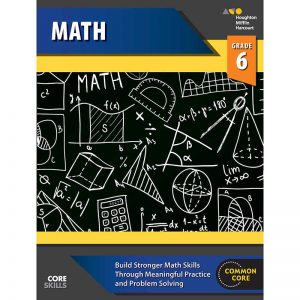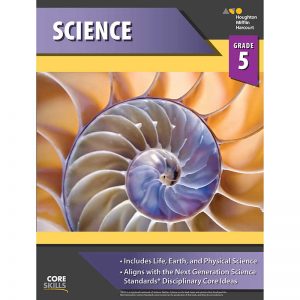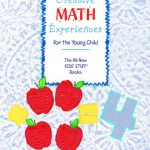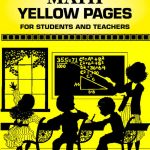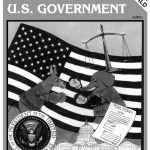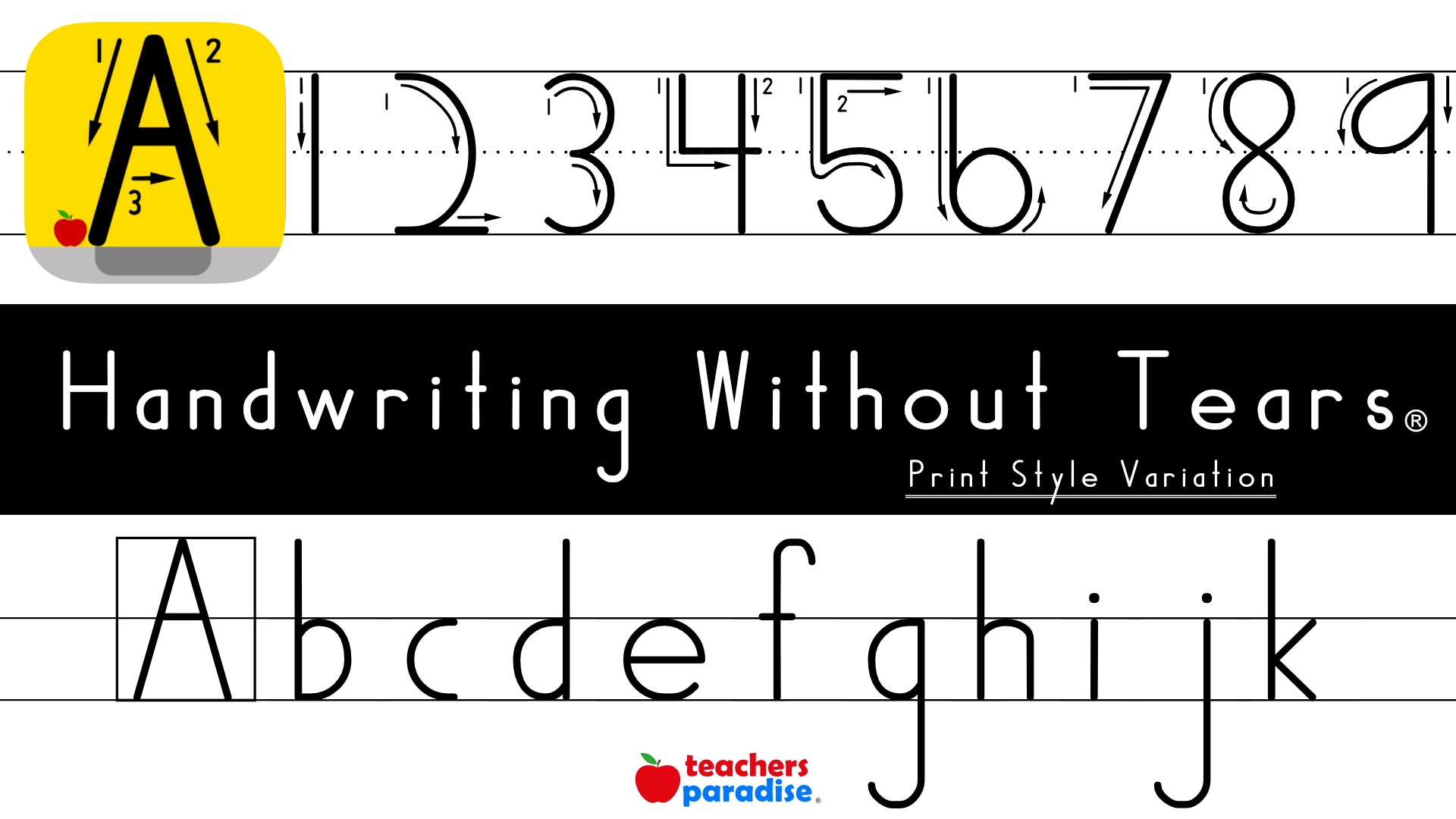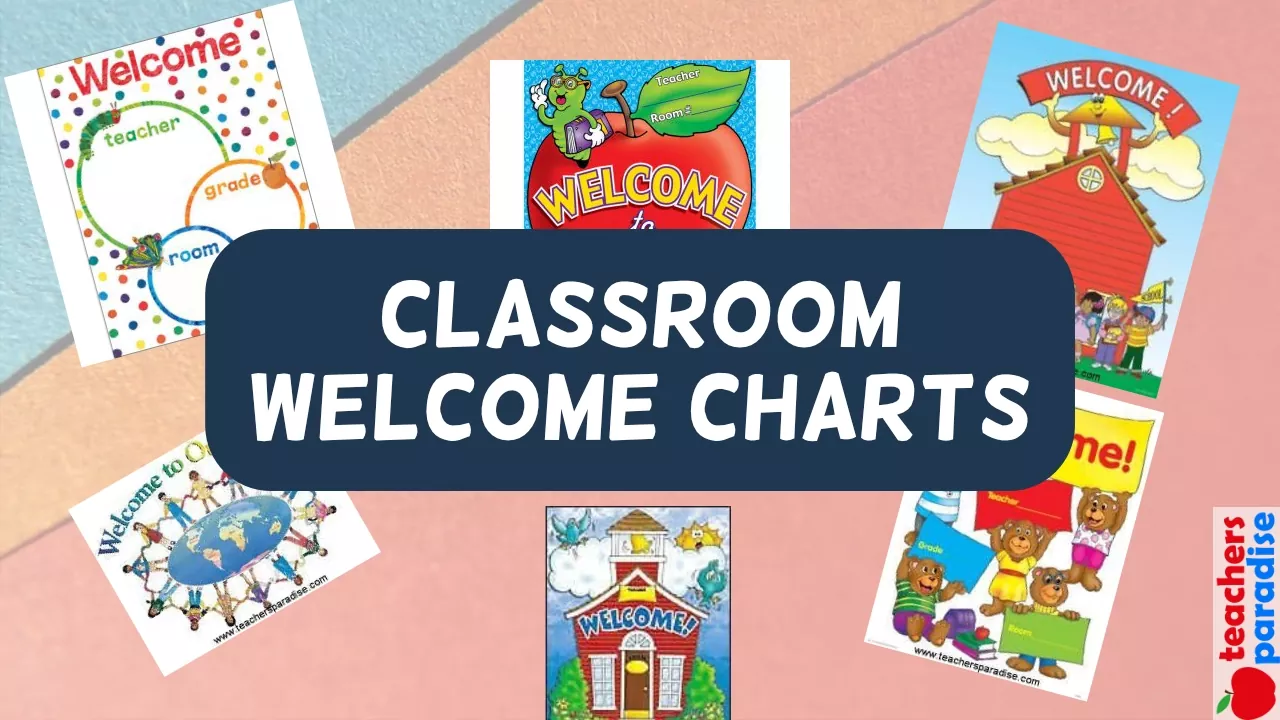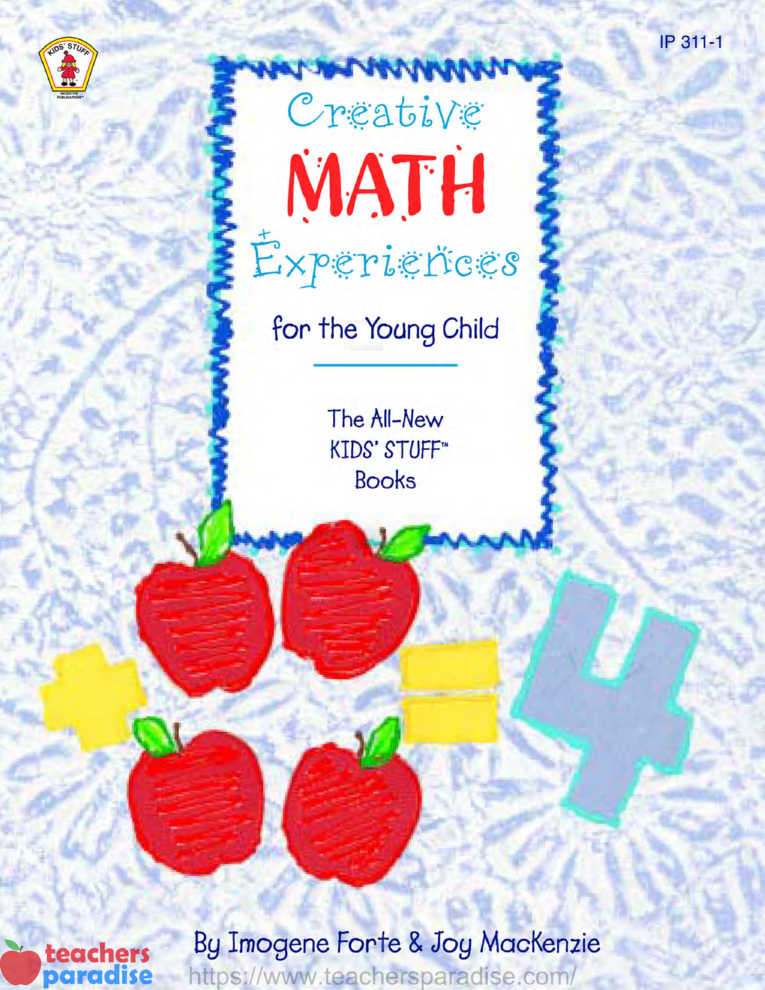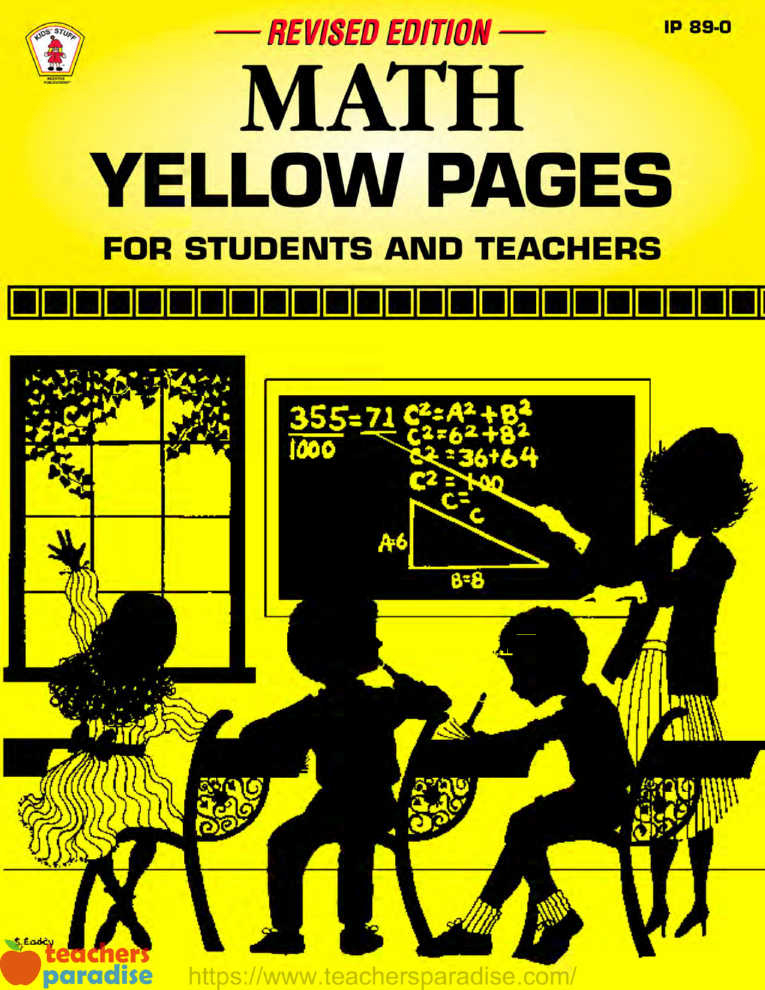When Earth Moves – Science Teacher’s Guide
GRAPHIC NOVEL
Summary
A group of teenagers builds robots to sub for them in a soccer match. In the process, they learn a lot more about sportsmanship and science than they expected.
NONFICTION BOOK
Summary
Science offers athletes many techniques for improving their performance. Some of these techniques are harmless, but some can have serious side effects.
Links to Science
How Science Works
Science and society influence one another, and social challenges inspire questions for scientific research.
Life Science
- The characteristics of an organism are determined by genetics, and the success of some characteristics can be influenced by its environment.
- The levels of organization within living systems include cells, which convert energy from food to carry out functions.
WORKSHEET & Sample PDF Activity
[adinserter block=”2″]
Sample PDF Activity
[adinserter block=”3″]
Physical Science
The motion of an object can be described by its direction and speed. Motion can be measured and represented on a graph.
Earth Science
Gravitation is a force that determines both where a ball will land and the path of the planets around the sun.
Links to Reading/Language Arts
Comprehension Inference
Vocabulary Parts of Speech
Phonics/Word Study Silent Letters/Figurative Language
Text Feature Graphs
Literary Analysis Theme
Nonfiction Genre Persuasive Essay
Vocabulary Links
conclude (verb) to come to a decision or opinion
inquire (verb) to get information by asking a question
muscular (adjective) having well-developed muscles
regulation (adjective or noun) the standard or official way of doing things
tissue (noun) a group of cells acting together inside the body
challenge (verb) to invite or dare someone to try to do something
response (noun) a reaction to something
Links to Textbooks
Life Science Units
• Cells
• Genetics and the continuity of life
Physical Science Unit
• Motion, forces, and energy
Earth Science Units
• Astronomy
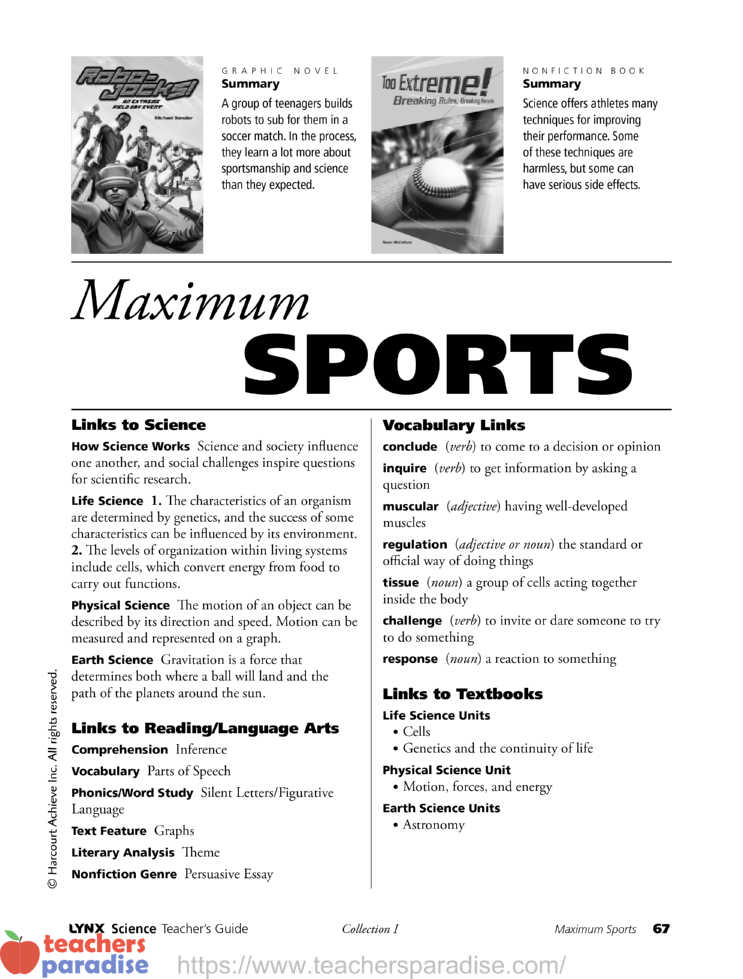
Maximum Sports GRAPHIC NOVEL
STEP 1 Introduce Theme
Make a Personal Connection
Ask What helps you play sports well? Tell students that being strong and fast often helps, but being smart is also important. Ask What kinds of things do athletes do to help them play better?
Build Theme Background
Describe a lever and ask students to discuss common examples. (seesaw, stapler, scissors) Describe how sonar works and discuss human and animal uses. (dolphins, bats, and submarines navigate with it) Review the Big Ideas on page 2 and discuss with students.
Preview Text
Distribute copies of Robo-Jocks! An Extreme Field Day Event, and discuss the cover illustration. Ask What do you think is happening? What can you tell about the characters? What do you think will happen?
• Preview what Caz says on pages 2 and 3. Ask What do you think this character will do in a story about robots?
• Review pages 4–11 with students. Ask them to make their own predictions about the story and characters.
STEP 2 Build Word Power
Teach Vocabulary Strategy: Parts of Speech
Introduce the vocabulary
words on page 3. Explain that these words are related to words that are different parts of speech: regulation (regulate, regulatory), inquire (inquiry, inquisitive), conclude (conclusion, conclusive). Determine the part of speech of each vocabulary word. Is it a thing (noun), an action (verb), or a description (adjective)? Ask What noun is related to the adjective, muscular? (muscle) Use the meaning of the most familiar part of speech to define the least familiar.
Review Phonics: Silent Letters
Explain that some letters are not pronounced in certain words, as in know and wrecked (page 8). Write the words, say them aloud, then ask students which letters are silent. Ask the students for other words with silent letters. (knight, knife, write, wrestle)
Support English Language Learners: Irregular Verbs
Explain that irregular verbs don’t follow the same patterns as other verbs, and that the only way to learn these verbs is to memorize them. In English, to be is irregular. (am, is, are, will be, was, were, has been, have been) Ask students for examples in their own language. For example, in Spanish, ser is irregular. Help students conjugate these irregular verbs.
STEP 3 Build Reading Power
Teach Comprehension Strategy: Inference
When making an inference, you use your own knowledge and clues from the story to make decisions about story events that are not stated. Ask students to imagine a room with tables and chairs. On the tables are plates of food, silverware, and glasses. Ask them to infer where they are and what will happen there. Say Making inferences as you read will help you figure out what is happening. Inferences sometimes need to be modified as information changes.
Model Comprehension Strategy: Inference
Write the following sentences on the board The bigger players always win. Jim’s team was sure to lose. Read the sentences and say I infer that Jim’s team has small players.
Begin Reading Robo-Jocks!
Have students read pages 1–13. Remind students to make inferences as they read.
Apply Comprehension Strategy
Ask Why were the Junkyard Dogs afraid to play the WACs? What kind of characters are the Junkyard Dogs? How are they different from the WACs? What do you think will happen at the game?
STEP 4 Support Understanding
Show Literacy in Action: Graphs
Point out on page 9 how Caz uses a graph to show the location of the ball. Ask Why did he do this? How did the graph help Sheila? Explain that graphs display information in an organized and readable format.
Focus on Literary Analysis: Theme
Explain to students that the theme of a story is the message the author is trying to convey. Have students think about the theme of Robo-Jocks! as they read the story. Ask What is a lesson the characters might learn in this story?
Accommodate for Learning Differences: Theme Pages
Have students write as many endings as they can to the sentence starter Winning is not as important as… Have students select and illustrate the sentence that best describes the theme or message of the book.
Finish Reading Robo-Jocks!
Remind students to confirm or revise their earlier predictions about the story and the characters as they read.
STEP 5 Wrap Up Graphic Novel
Discuss Robo-Jocks!
Lead a class discussion using the following prompts:
• What is the message about sportsmanship the author wants to convey?
• Your hero does something you admire, but then everyone learns that he or she cheated. Some people are off ended. Others don’t care. What can you infer about the hero, about those who are off ended, and about those who don’t care? How do each of them feel about cheating? about winning?
Practice Master 1

A. Parts of Speech
Write related words from the box in the correct columns. Be sure to use the right part of speech. Remember that a noun names a thing, a verb shows an action, and an adjective describes a noun.
B. Silent Letters
Circle the words below that have a silent letter k or w. Use two of the words to write your own sentence.
kite wired knock worst knee
wreck know write king wrinkle
Practice Master 2
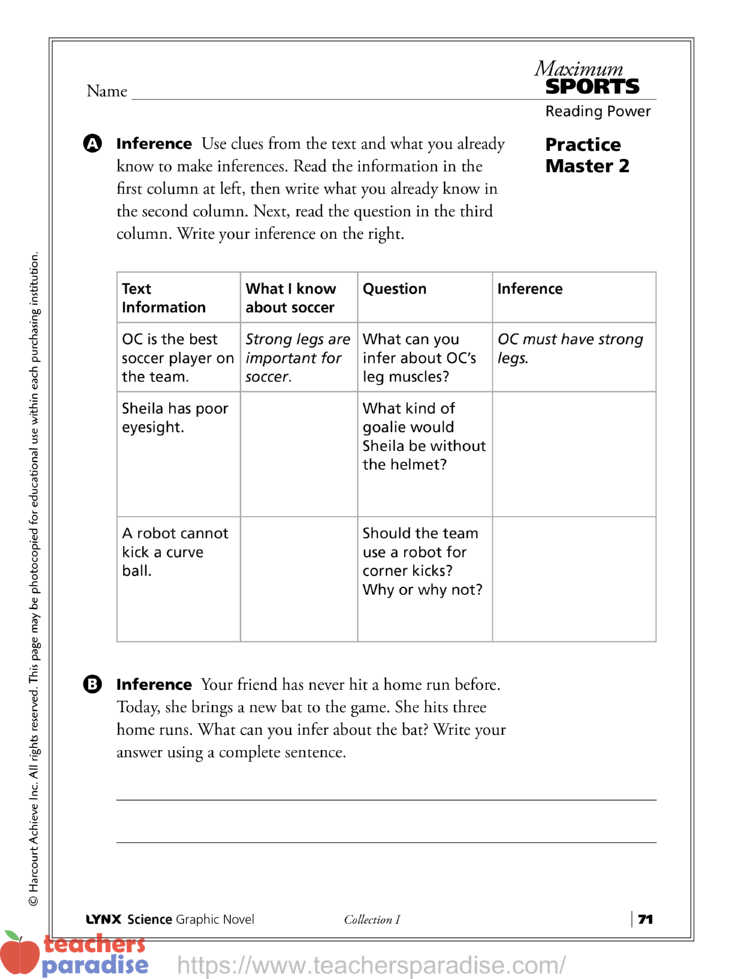
A. Inference
Use clues from the text and what you already know to make inferences. Read the information in the first column at left, then write what you already know in the second column. Next, read the question in the third column. Write your inference on the right.
B. Inference
Your friend has never hit a home run before. Today, she brings a new bat to the game. She hits three home runs. What can you infer about the bat? Write your answer using a complete sentence.
Maximum Sports NONFICTION BOOK
STEP 1 Connect Theme Across Texts
Build Prior Knowledge from Reading
Review pages 9–13 in Robo-Jocks! Have students make a list of the ways the Junkyard Dogs used technology to help them in the soccer game. Ask Do you think the Junkyard Dogs cheated? Why or why not?
STEP 2 Build Word Power
Review Vocabulary Strategy: Parts of Speech
Introduce the two new vocabulary words challenge and response. Explain that challenge can either be a noun or a verb, depending on its use, and that respond is the verb related to the noun response. Give examples like the ones below.
Teach Word Study Strategy: Figurative Language
Explain to students that figurative language is used to make reading more interesting. For example, similes and metaphors use comparisons to paint a picture. These examples of similes are in the nonfiction book: The next second, it drops like a dead duck (page 9). When he flexed his muscles, he looked like a comic book character (page 15).
Have students complete the following sentences with similes or metaphors:
• The sunset was red like a…
• I’m as tired as a…
Support English Language Learners: Scientific Language
English language learners often need extra help with scientific terms and other specialized vocabulary. Support the definitions given in the nonfiction book with specific examples.
• air resistance (page 8) the feeling of air on your face when running or riding a bike
• behaviors (page 12) actions of others, such as watching what animals do at the zoo or watching students in the cafeteria
STEP 3 Build Reading Power
Review Comprehension Strategy: Inference
Remind students that an inference is made from what is written in the text and what they already know. Have students read the Introduction of Too Extreme! Ask students to make an inference about how athletes could improve without cheating.
Begin Reading Too Extreme!
Have students read chapters 1 and 2 on their own. Remind them to use what they’ve learned so far as they read.
Link to Student Research Topics
To learn more, students can investigate:
• performance-enhancing drugs and the Olympics
• mechanical prosthetics (e.g., artificial arms and legs)
STEP 4 Support Understanding
Focus on Nonfiction Genre: Persuasive
Essay Explain to students that a persuasive essay tries to convince the reader to agree with the author about a certain topic. The features of persuasive essays are: a clearly explained point of view, facts that support that point of view, and valid conclusions drawn from those facts. Ask for examples of persuasive writing. (editorials or commercials) Ask How could persuasive writing support your favorite team?
Focus on Text Feature: Graphs
Explain to students that graphs are a good way to organize and present information. Have students turn to page 16 of Too Extreme! Ask What kind of graph is used here to show steroid use? Explain that the bar graph compares steroid use in different years.
Accommodate for Learning Differences: Graphs
Distribute enlarged copies of the graph on page 16. Step students through reading information off the graph. Ask them to put a mark by the column for 2002. Ask them to circle the information for 8th grade. Repeat for other values.
Finish Reading Breaking Rules, Breaking Records
Remind students to use what they have learned as they read.
STEP 5 Wrap Up Theme
Discuss Too Extreme!
Discuss with students the following:
• Why do some athletes use steroids?
• What ways of improving athletic performance were mentioned in the text? Which ones are dangerous? Which are fair?
• According to the graph on page 16, is steroid use increasing or decreasing?
Link to How Science Works
The worlds of athletics, medicine, and
mechanics are connected. Machines can be built to enhance human performance (e.g., composite racing bikes, artificial limbs), and drugs can alter the human body. These advances can be both beneficial and harmful, depending on how they are used. Discuss how scientific innovations have changed sports. (lighter and stronger materials; health supplements, microsurgery)
Analyze and Write Across Texts
Ask students to use both books to find information about how science influences sports.
• Have students write a paragraph supporting their opinion about whether it’s fair for athletes to use science to improve their abilities. Ask students to use information from the texts and from their own knowledge.
Link Theme to Textbook
Preview the headings, images, captions and subtitles in: Life Science Units on cells, genetics, and the continuity of life; Physical Science Units on motion, forces, and energy; or Earth Science Units on astronomy. Have students make predictions based on what they’ve learned. Students can confirm or revise predictions during reading.
Practice Master 3
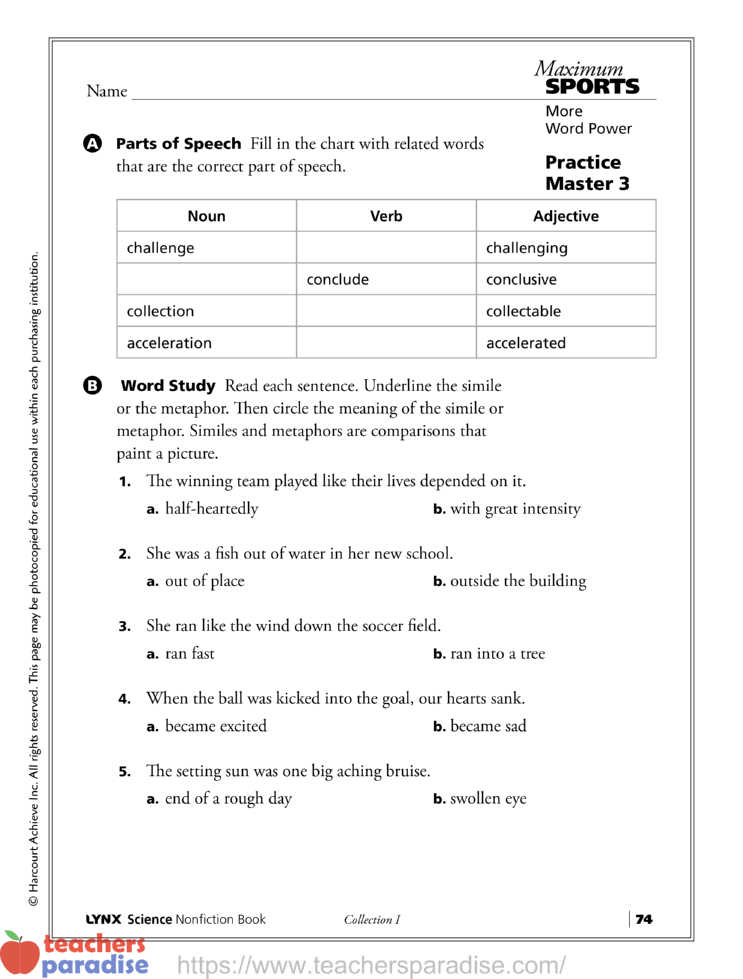
A. Parts of Speech
Fill in the chart with related words that are the correct part of speech.
B. Word Study
Read each sentence. Underline the simile or the metaphor. Then circle the meaning of the simile or metaphor. Similes and metaphors are comparisons that paint a picture.
- The winning team played like their lives depended on it.
a. half-heartedly b. with great intensity - She was a fish out of water in her new school.
a. out of place b. outside the building - She ran like the wind down the soccer field.
a. ran fast b. ran into a tree - When the ball was kicked into the goal, our hearts sank.
a. became excited b. became sad - The setting sun was one big aching bruise.
a. end of a rough day b. swollen eye
Practice Master 4

Test Yourself
Read each question. Circle the letter beside the correct answer.
- Where are you most likely to find a persuasive essay?
A. in an encyclopedia
B. in a math book
C. in a dictionary
D. in a newspaper article - Graciela works out five times per week. What can you infer about Graciela?
A. She is lazy.
B. She is very tall.
C. She is a good athlete.
D. She watches a lot of television. - Gaylord Perry stated that he “tried everything…but salt and pepper and chocolate sauce” on his sinker. What can you infer about Gaylord Perry?
A. He was hungry when he said that.
B. He wanted the batter to think about food.
C. He tried many ways to throw the best sinker.
D. He learned to throw a sinker ball from a cook.
Use the graph on page 16 of Too Extreme! to answers these questions.
- What can you conclude about steroid use among teenagers in 2004?
A. It was greater among 12th graders than in 2002.
B. It was lower among 10th graders than in 1991.
C. Fewer 12th graders used steroids than ever before.
D. Fewer teenagers used steroids than in 2002. - In what year did steroid use among eighth graders begin to drop?
A. 1991
B. 1999
C. 2002
D. 2004
Practice Master 5
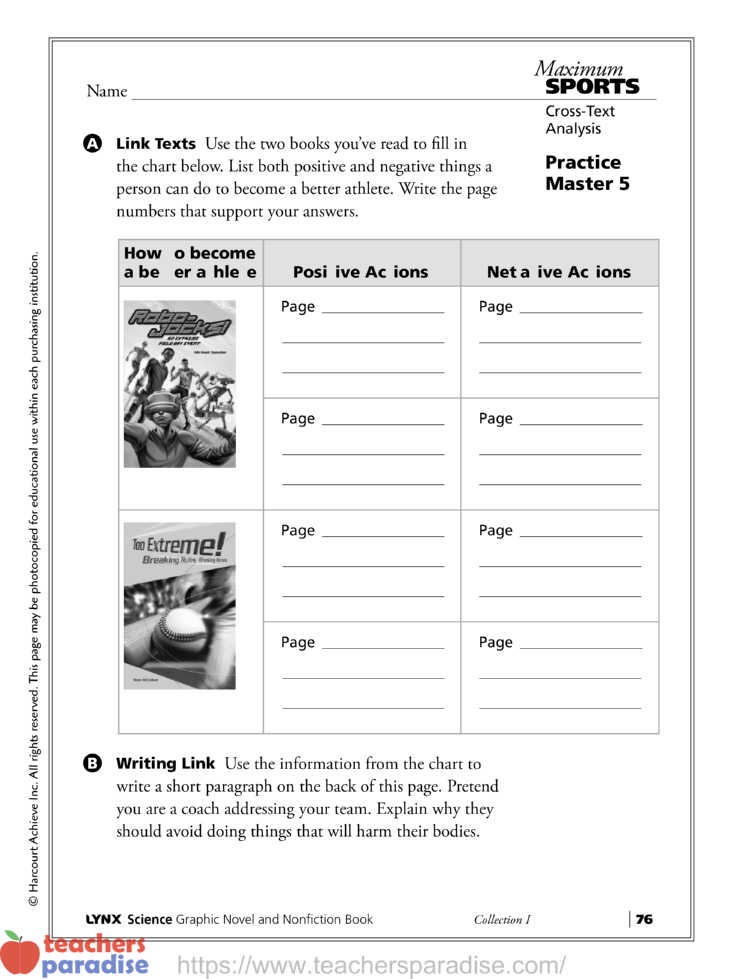
A. Link Texts
Use the two books you’ve read to fill in the chart below. List both positive and negative things a person can do to become a better athlete. Write the page numbers that support your answers.
B. Writing Link
Use the information from the chart to write a short paragraph on the back of this page. Pretend you are a coach addressing your team. Explain why they should avoid doing things that will harm their bodies.
LYNX When Earth Moves – Answer Key


